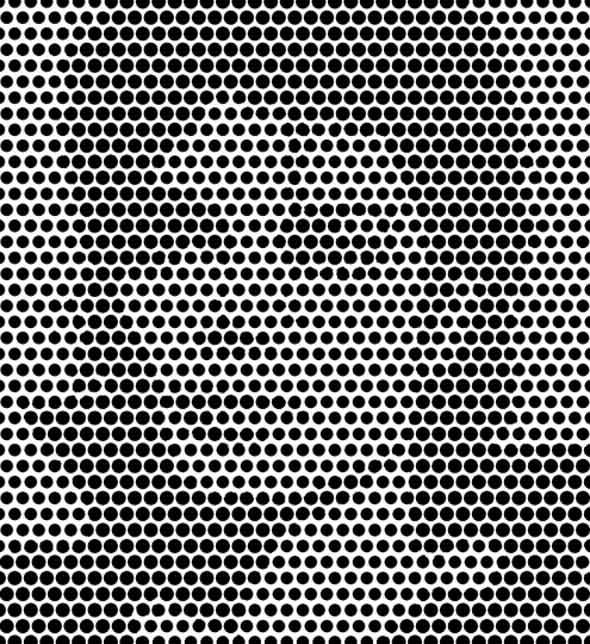Optical illusions have always attracted us. These are small challenges for our senses that confuse and fascinate us. Are the numbers moving?Is it just a number or are there others?
This topic is the subject of several studies, which try to deepen our knowledge of how we process information. The basis of this mystery lies in the simple fact that our brain is terribly logical and wants to find meaning and balance in everything it sees. What’s going on?? and “Why this visual disorder?” these are questions that the brain asks itself. When you can’t find an answer, just reinterpret each stimulus.
- How we see our reality depends solely on our brain processes.
- Scientists often say that “if we had a brain that used different strategies to understand the world.
- It wouldn’t be as we know it.
- “.
What confuses us so much with these images? Imprecise lines, floating objects, different perspectives . . . our retina captures all this data and immediately sends it to our cerebral cortex for processing and interpretation. The question lies in the fact that our retina captures these images only in two dimensions, being a limited shape that only sees borders, colors and shapes?there’s a lot of clutter, there’s no balance and our brain gets blurry quickly?
How do you act then? Thanks to the statistics. Unable to understand what he sees, he uses his statistics to extract the information he has and then draws a conclusion: the blade we see has, for him, the ability to move. However, that is not correct; obviously our rational part tells us that it is impossible, since images cannot be moved, even if they make us believe it.
Basically, there are two types of optical illusions
Cognitive illusions: As explained above, our brain misunderstands the information our eyes send and is wrong to deduce the size and perspective of objects.
2. Physiological illusions: they occur when we are blind or when our retina is slightly stressed when looking at a particular object to which it cannot adapt. You can experiment, for example, with an “afterimage” when a figure is imprinted on our eyes because there is not much brightness, a lot of color, in the blink of an eye.
All of this gives us the interesting conclusion that our perception of things is not always what we think.
Watching is also interpreting. Our world as we see it is by no means an exact reflection that directly affects the brain through our senses; our brain analyzes, synthesizes, transforms and interprets. This is not to say that he is cheating on us, it is simply a way of protecting us from strangeness and disorder; provides us with the most logical balance and response possible. Thanks to our brains, we adapt to the world around us.

